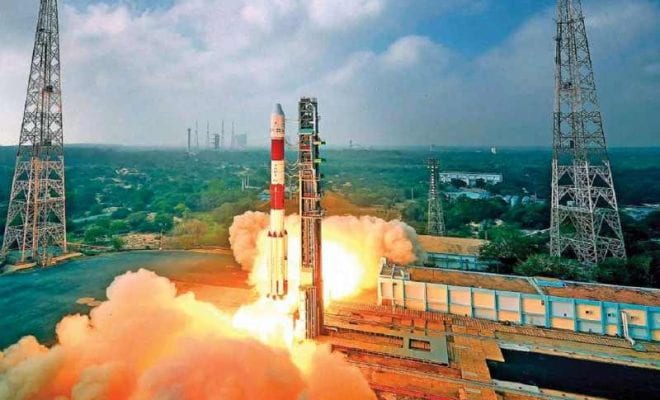ISRO’s first 2021 mission to launch Indian & Brazilian satellites on Feb 28

Last updated on February 16th, 2021 at 07:06 am
India’s space agency ISRO has its first mission for year 2021 on February 28 and has decided to launch Brazilian satellite Amazonia-1 and three Indian payloads. Out of these three, one is built by an Indian start-up.
Amazonia-1 is the first earth observation satellite that has been entirely developed by Brazil. It is the primary payload in the mission. The co-passenger payloads are ‘Anand’, ‘Satish Dhawan’ and ‘UNITYsat’.
The satellites are scheduled to be launched on the Polar Satellite Launch Vehicle (PSLV) C-51 at 10:24 am from Sriharikota spaceport, located around 100 km from Chennai. The schedule was confirmed on Friday by K. Sivan, Secretary in the Department of Space and Chairman of Bengaluru-headquartered ISRO (Indian Space Research Organization).
Pixel, an Indian start-up has built ‘Anand’ satellite, which will be one of the additional payloads. ‘Satish Dhawan’ satellite is developed by Chennai based Space-Kidz India.
‘UNITYsat’ is a combination of three satellites which has been developed through collaboration between Jeppiaar Institute of Technology, Sriperumpudur (JITsat), G. H. Raisoni College of Engineering, Nagpur (GHRCEsat) and Sri Shakthi Institute of Engineering and Technology, Coimbatore (Sri Shakthi Sat).
An ISRO official said, “PSLV-C51 marks the launch of the country’s first commercial private remote-sensing satellite (Anand) on an ISRO PSLV rocket.”
Bengaluru based Pixxel plans to set up a constellation of 30 satellites by 2023. Pixel CEO, Awais Ahmed said, “We are elated with the fact that India’s first commercial private satellite will now launch on an Indian rocket. This is not only a proud moment for us as an organization but also as citizens to work with our nation’s capabilities.”
Satish Dhawan satellite (SD SAT) is named after former ISRO chairman Satish Dhawan and is aimed to study Magnetosphere and space radiation. Its developer Space-Kidz said, “The satellite also tests the capabilities of LoRa technology in Space which could be helpful for many applications in the future in short and M2M communication.”



